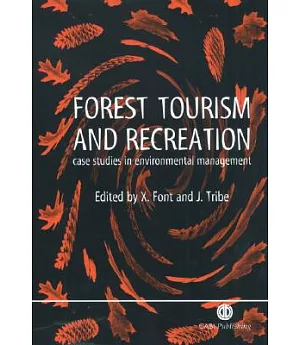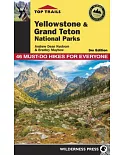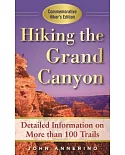Tourism and recreation are set to play an increasing role in the future of forests and woodlands. The increasing demand for outdoor recreation and tourism can be partly catered for in
woodlands, since these can be used to screen otherwise conflicitng uses and absorb large numbers of visitors. These recreational uses also drive up the use-value of forests that are visited. At
the same time outdoor recreation has the potential to bring extra income to forest owners. This can help offset the extra costs of sustainable timber production and forest conservation. But the
use of forests for tourism brings added environmental pressures and requires management responses to ensure the sustainability of this relationship. This book addresses 16 international
examples of case studies and concepts and looks at the problems, benefits and ideas relating to tourism and recreation within the context of a forest environment.





















